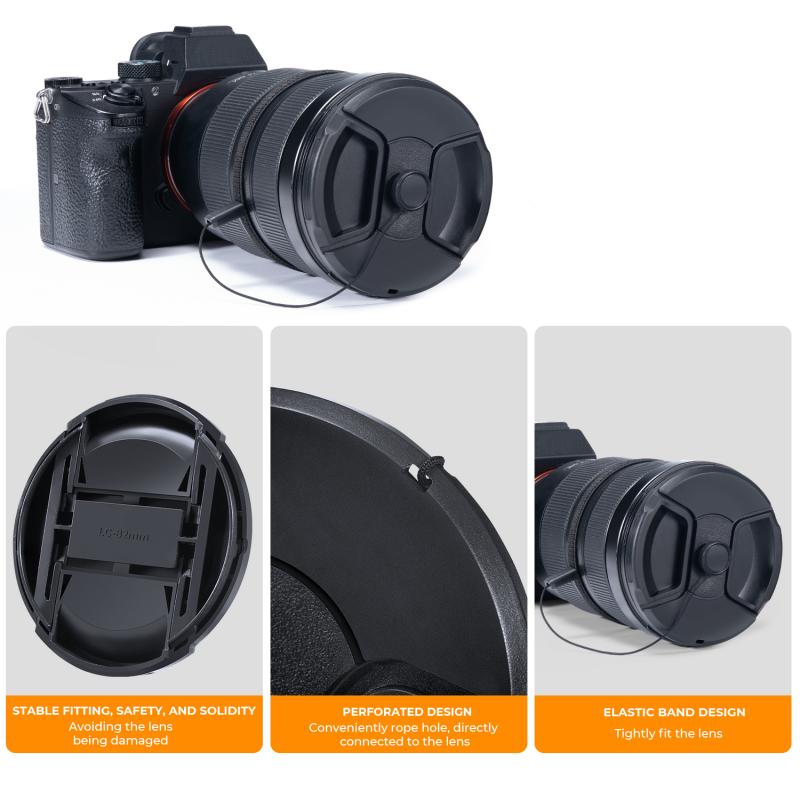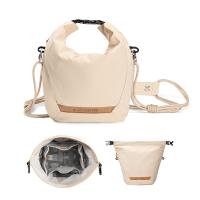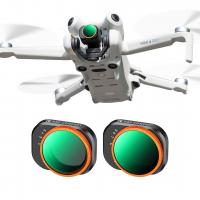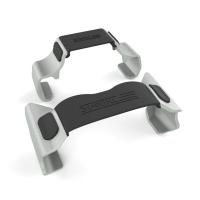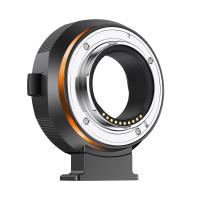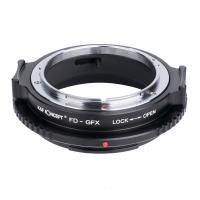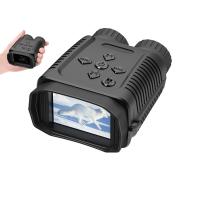Instructions On How To Use Digital Cannon Camera ?
To use a digital Canon camera, first, ensure that the battery is fully charged and inserted into the camera. Next, insert a memory card into the designated slot. Turn on the camera by pressing the power button. Use the mode dial to select the desired shooting mode, such as Auto, Manual, or Scene modes.
To focus, half-press the shutter button or use the autofocus button. Frame your shot using the viewfinder or the LCD screen. Adjust the zoom if necessary. Press the shutter button fully to take a photo.
To review the images, press the playback button. Use the arrow keys or the control dial to navigate through the images. Press the menu button to access various settings and options, such as image quality, white balance, or ISO.
To record videos, switch the camera to video mode using the mode dial. Press the dedicated video recording button to start and stop recording.
To transfer images to a computer, connect the camera using a USB cable or remove the memory card and use a card reader. Follow the on-screen prompts to transfer the files.
Remember to consult the camera's user manual for specific instructions and additional features.
1、 Camera Setup and Configuration
1. Unboxing and Initial Setup:
- Start by unboxing your digital Canon camera and carefully remove all the components from the packaging.
- Attach the lens to the camera body by aligning the white dots on both the lens and camera body, then twisting the lens clockwise until it locks into place.
- Insert the battery into the camera and charge it using the provided charger. Once fully charged, insert the battery into the camera.
- Insert a memory card into the designated slot on the camera. Ensure it is compatible with your camera model and has sufficient storage capacity.
2. Powering On and Basic Settings:
- Press the power button to turn on the camera.
- Set the language, date, and time by navigating through the camera's menu system using the buttons or touchscreen.
- Adjust the display brightness and other basic settings according to your preferences.
3. Mode Selection:
- Choose the shooting mode that suits your needs. Options may include Auto, Program, Aperture Priority, Shutter Priority, Manual, and various scene modes.
- For beginners, the Auto mode is recommended as it allows the camera to make most of the settings automatically.
4. Focus and Exposure:
- Use the autofocus (AF) system to achieve sharp focus. Depending on your camera model, you can select different AF modes such as Single Shot AF, Continuous AF, or Manual Focus.
- Adjust the exposure settings by using the camera's exposure compensation feature or by manually setting the aperture, shutter speed, and ISO.
5. Shooting and Reviewing Images:
- Compose your shot by looking through the viewfinder or using the camera's LCD screen.
- Press the shutter button halfway to focus and then fully to capture the image.
- Review your images by pressing the playback button. Use the navigation buttons to scroll through the images and the zoom button to inspect details.
6. Advanced Features and Customization:
- Explore the camera's advanced features such as different metering modes, white balance settings, and creative filters.
- Customize the camera's settings according to your shooting style and preferences. This may include configuring buttons, assigning custom functions, and saving user-defined settings.
Remember to consult your camera's user manual for specific instructions and to stay updated with the latest firmware and software updates provided by Canon. Additionally, online tutorials and forums can provide valuable insights and tips for maximizing your camera's capabilities.

2、 Understanding Camera Controls and Functions
Understanding Camera Controls and Functions: Instructions on How to Use a Digital Canon Camera
Using a digital Canon camera can be an exciting and rewarding experience, but it can also be overwhelming if you're not familiar with the controls and functions. To help you get started, here are some instructions on how to use a digital Canon camera effectively.
1. Power on the camera: Locate the power button, usually marked with a red dot or a power symbol. Press and hold it until the camera turns on.
2. Set the mode dial: The mode dial allows you to select different shooting modes. Choose the appropriate mode for your desired outcome, such as Auto, Program, Aperture Priority, Shutter Priority, or Manual.
3. Adjust the exposure settings: Use the exposure compensation dial or buttons to control the brightness of your photos. Increase the value for brighter images and decrease it for darker ones.
4. Focus on your subject: Use the autofocus (AF) system to ensure your subject is sharp and clear. Press the shutter button halfway to activate the autofocus, and then fully press it to take the shot.
5. Use the viewfinder or LCD screen: Depending on your camera model, you can compose your shots using either the viewfinder or the LCD screen. Experiment with both to find your preferred method.
6. Explore the menu system: The camera's menu system allows you to access various settings and features. Familiarize yourself with the menu options and make adjustments as needed.
7. Review and delete photos: After capturing images, use the playback button to review them on the LCD screen. Delete any unwanted photos by pressing the delete button and confirming your selection.
8. Experiment with additional features: Canon cameras often come with additional features like image stabilization, built-in flash, and creative filters. Explore these features to enhance your photography.
It's important to note that the specific controls and functions may vary depending on the model of your Canon camera. Therefore, it's recommended to refer to the camera's user manual for detailed instructions tailored to your specific device.
In conclusion, understanding the controls and functions of a digital Canon camera is essential for capturing high-quality photos. By following these instructions and experimenting with different settings, you'll be well on your way to mastering your camera and capturing stunning images.

3、 Shooting Modes and Exposure Settings
Instructions on How to Use a Digital Canon Camera: Shooting Modes and Exposure Settings
Using a digital Canon camera can be an exciting and rewarding experience. To make the most of your camera, it is important to understand the various shooting modes and exposure settings available. Here are some instructions to help you get started:
1. Shooting Modes:
- Auto Mode: This mode is perfect for beginners as the camera automatically adjusts settings for optimal results.
- Program Mode (P): Allows you to control certain settings like ISO, white balance, and exposure compensation while the camera handles the rest.
- Aperture Priority Mode (Av): Gives you control over the aperture setting, allowing you to adjust depth of field.
- Shutter Priority Mode (Tv): Lets you control the shutter speed, useful for capturing fast-moving subjects or creating motion blur.
- Manual Mode (M): Provides full control over all settings, giving you complete creative freedom.
2. Exposure Settings:
- ISO: Adjusts the camera's sensitivity to light. Lower ISO values (e.g., 100) are ideal for well-lit environments, while higher values (e.g., 1600) are suitable for low-light conditions.
- Aperture: Controls the amount of light entering the camera through the lens. Lower f-stop values (e.g., f/2.8) create a shallow depth of field, while higher values (e.g., f/16) result in a larger depth of field.
- Shutter Speed: Determines the duration of time the camera's sensor is exposed to light. Faster shutter speeds (e.g., 1/1000) freeze motion, while slower speeds (e.g., 1/30) create motion blur.
It is important to note that the latest Canon cameras often come with additional shooting modes and advanced features. These may include scene modes for specific situations (e.g., landscape, portrait, sports), creative filters, and built-in HDR capabilities. Familiarize yourself with your camera's user manual to explore these features and make the most of your photography.
Remember, practice is key to mastering your camera's shooting modes and exposure settings. Experiment with different modes and settings in various lighting conditions to understand their effects and find your preferred style. Happy shooting!

4、 Mastering Focus and Depth of Field
To use a digital Canon camera and master focus and depth of field, follow these instructions:
1. Familiarize yourself with the camera: Read the camera's manual to understand its features, settings, and controls. This will help you navigate through the camera's menu and make adjustments easily.
2. Set the camera to manual mode: This allows you to have full control over the camera's settings, including focus and depth of field. Switch the mode dial to "M" or manual mode.
3. Adjust the aperture: Aperture controls the depth of field, which determines how much of the image is in focus. Use a wide aperture (small f-number like f/1.8) for a shallow depth of field, where the subject is in focus while the background is blurred. Use a narrow aperture (large f-number like f/16) for a greater depth of field, where both the subject and background are in focus.
4. Select the focus point: Use the camera's autofocus system or manually select the focus point. For precise control, choose a single focus point and place it on the subject you want to be in focus.
5. Use the focus lock: If your subject is not in the center of the frame, focus on it by half-pressing the shutter button, then recompose the shot while keeping the button half-pressed. This locks the focus on the subject.
6. Check the focus: Use the camera's zoom function or the LCD screen to magnify the image and ensure the subject is in sharp focus. Adjust the focus manually if necessary.
7. Take test shots: Experiment with different aperture settings and focus points to achieve the desired depth of field. Review the images on the camera's LCD screen to evaluate the results.
Remember, mastering focus and depth of field is a continuous learning process. Stay updated with the latest techniques and trends by exploring online resources, photography forums, and attending workshops or courses.
